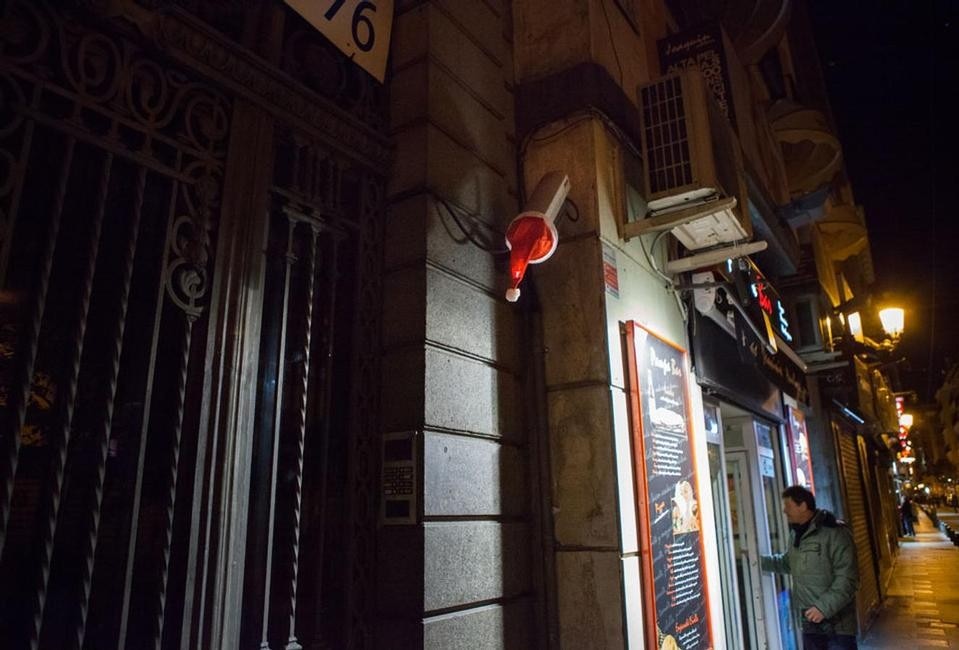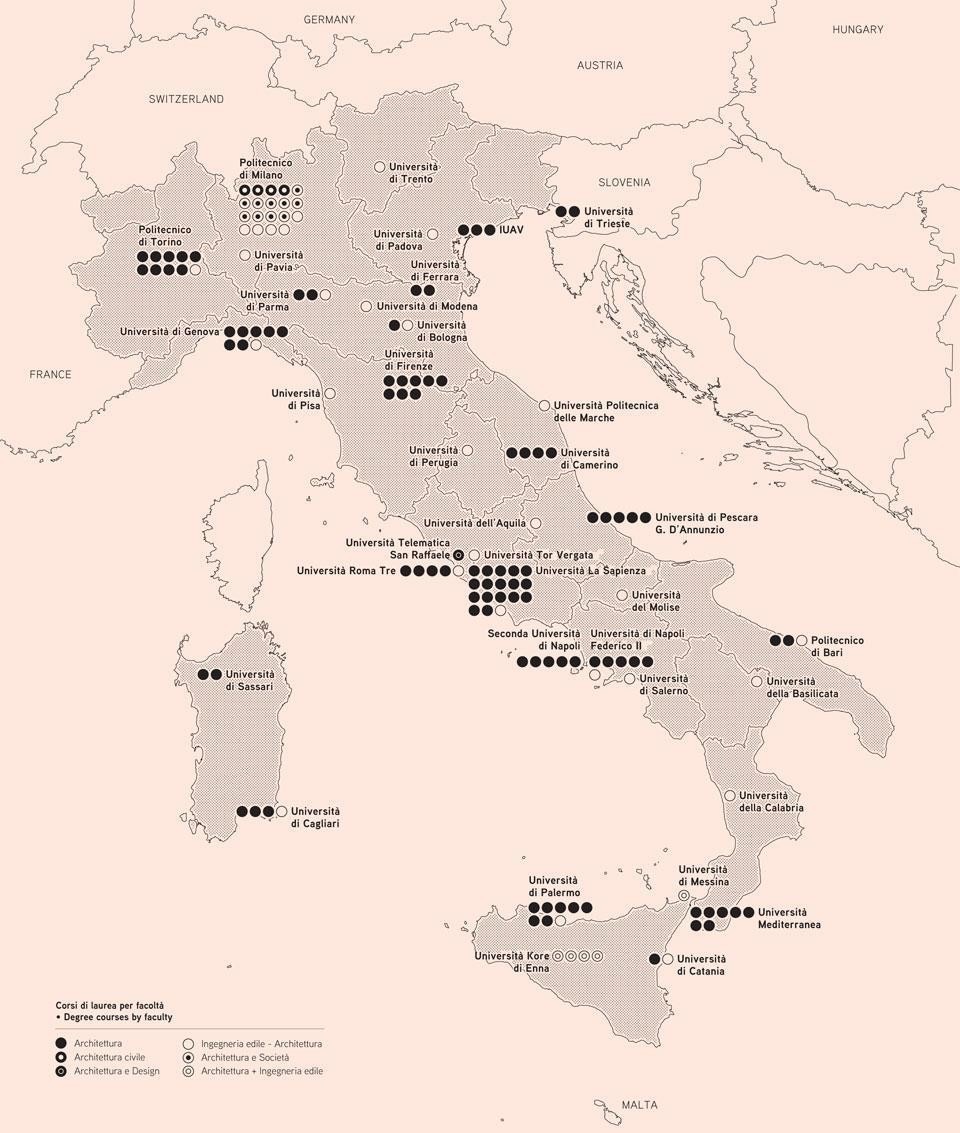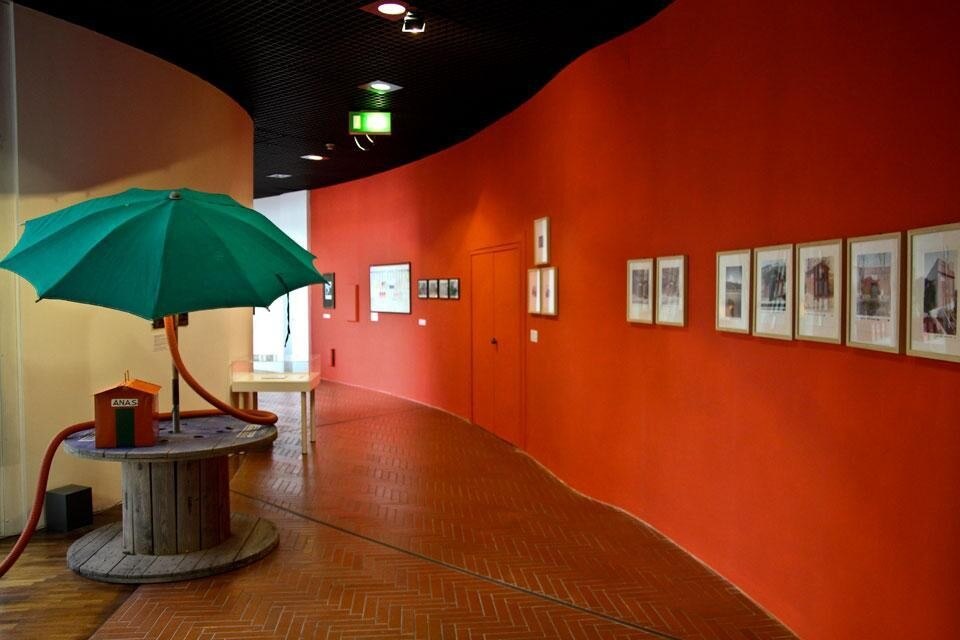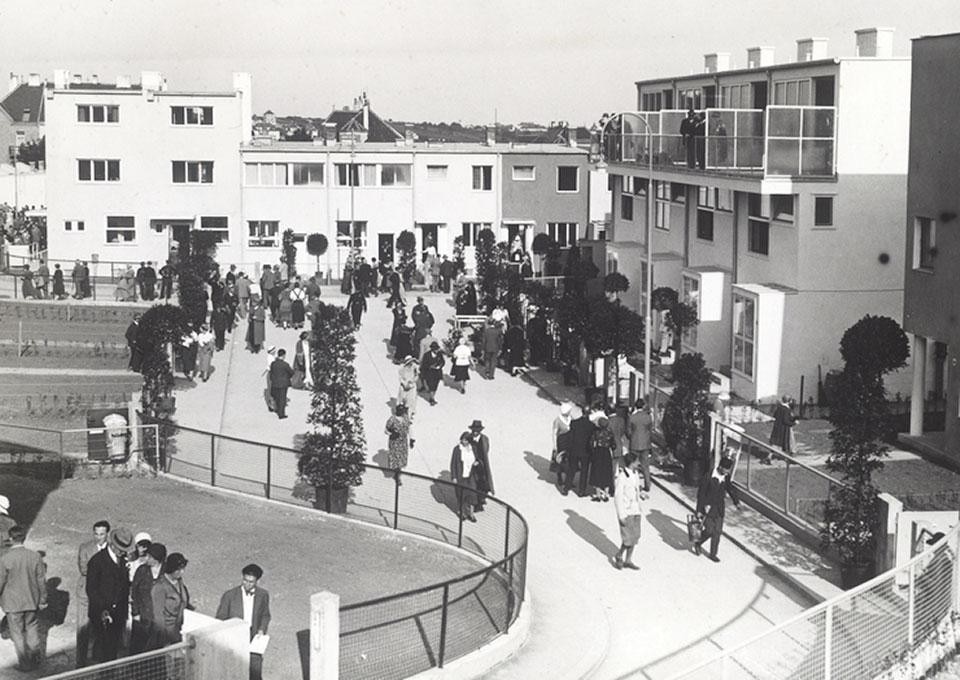We then explore education, first with a survey of Italian academia — which provides out one third of Europe's and almost one tenth of the world's entire supply of architects, despite having for decades been considered to be in a "state of crisis" — and then observing how leading American universities are witnessing an accelerated transfer of teaching from the actual physical campus to online platforms, paving the way towards a new architecture of education.
Werkbundsiedlung Vienna 1932
An architecture report from Vienna by Philippa Nicole Barr
Werkbundsiedlung Vienna celebrates the 80th anniversary of the construction of the housing estate in Lainz, Vienna, launched as an international exhibition for residential construction in 1932. Thirty famed architects from Austria, Europe and America such as Richard Neutra, Adolf Loos, Margarete Schütte-Lihotzky, Otto Niedermoser, Ernst A. Plischke and Gerrit Rietveld completed 70 fully furnished houses for public display in the Werkbundsiedlung, before being made available for sale to potential residents. At the Wien Museum, the historical significance of this event and the maintenance of the estate is commemorated with detailed documentation in the form of photography, plans, models, sketches, interior furnishing, and even sale prices of the completed homes. As an initiative of the Austrian Werkbund within the framework the building activity of the Rotes Wien City of Vienna, the Werkbundsiedlung applied the glamour and capacity of these architects to this affordable housing project, departing from functionalism by prioritising colour, beauty and decorative elements.
[Read the full article]

A news report from Madrid
Spanish art collective Luzinterruptus performed its latest installation last 26 December, covering surveillance cameras in the centre of Madrid with illuminated Santa Claus hats. Titled Merry Christmas to those who watch us, the action targeted mainly cameras monitoring the streets, as well as cameras located on public buildings and some on private property.
[Read the full article]

An architecture report from Milan by Rossella Ferorelli
That Italians tend to consider whatever occurs in their (our) country to be anomalous is not exactly anything new. It has almost always been that way and, we might say, not always apropos. If there is one sector, however, in which Italy is undeniably unique it is architecture. For some years now, certain statistics have been reverberating in this field like disturbing mantras: one third of European architects are Italian. Nearly one tenth of all architects worldwide are Italian. There are more architects in Rome than in Sweden and Portugal combined. Yet the (well-known) fact is that the corresponding employment rates are far from even barely acceptable. It is clear that somewhere, something is not working or has not worked at a given moment in history. It is equally clear that a large part of the problem has to do with the universities.
[Read the full article]
Future faculties
An op-ed from New York by Troy Conrad Therrien
Elite universities prefer not to tinker with their academic core — rather, they add prostheses such as stadia, libraries, research centres, global outposts and the like to compete in an increasingly strained market. In the past year, however, they have been compelled to rush headlong into online learning, adapting to this new reality at breakneck speed. Last year, student loans surpassed credit card debt in America for the first time; this year they totaled over one trillion dollars. To ask why would thus beget a simple answer. A more fertile question would be to ask how. Universities have seamlessly slipped from their physical campuses to online platforms because they are seen to be non-architectural, without the strictures, weight and endurance of built form. Yet it is precisely an architecture that they offer. More than any formation of walls, these platforms do not simply dictate a new financial model, but an entirely new pedagogy.
[Read the full article]

An architecture report from Prato by Emanuele Piccardo
Finally, after exhibitions dedicated to Superstudio — at the Centro Pecci's Milan location, featuring the reconstruction of the installation made for the 1972 Italy: the new domestic landscape exhibition at the MoMA — and the recent Superstudio Backstage with photographs by Cristiano Toraldo alongside other works from the collection, the Centro Pecci has turned its attention to the most ironic and explosive ensemble. The UFO group, founded in Florence in 1967 by Carlo Bachi, Sandro Gioli, Lapo Binazzi, Riccardo Foresi, Titti Maschietto and Patrizia Cammeo, adopted a desecrating and ironic approach to bourgeois habits from the start, unlike other groups who actually were bourgeois.
[Read the full article]

